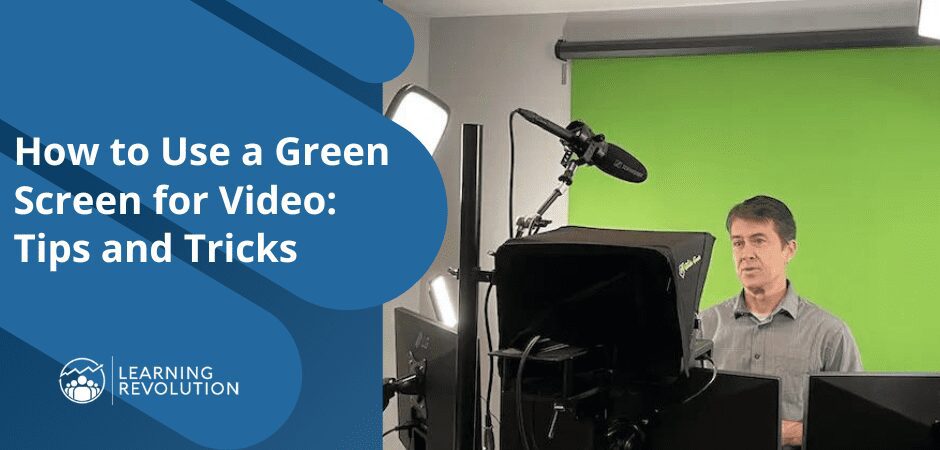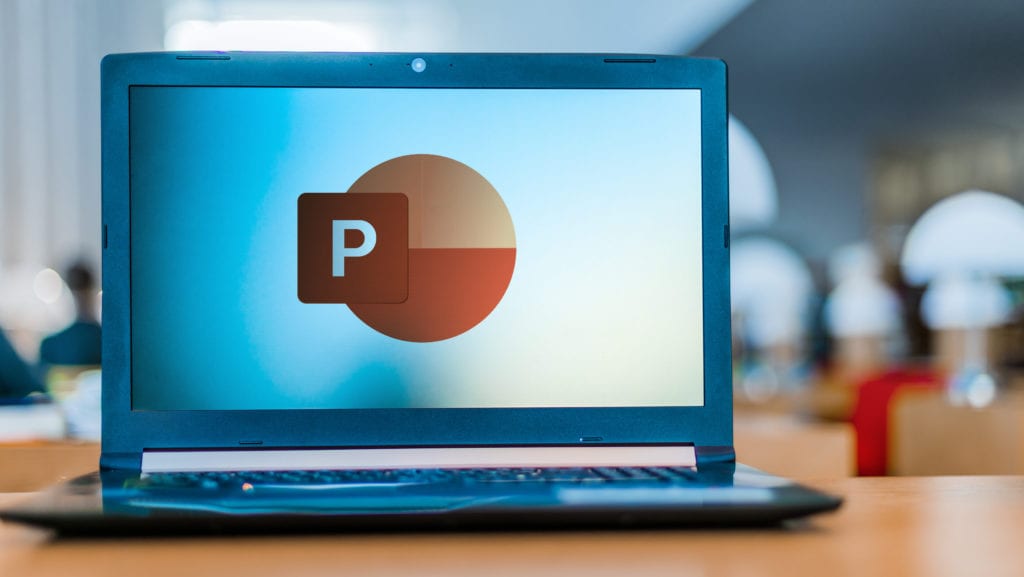

If you’re still undecided about creating video lessons for your online e-learning course, it’s time to reconsider. Online video is experiencing unprecedented popularity and growth, and smart edupreneurs are quickly capitalizing on video-based learning.
Today, 85 percent of U.S. internet users watch videos online, spending on average one-third of all their browsing time on streaming sites, vlogs, and social media videos. YouTube alone has over 1 billion viewers—a third of the entire global online population.
Video content is hugely popular, and that popularity has given it search engine optimization (SEO) advantages. Video generates a 157 percent increase in organic search engine traffic over text or images alone, and having a video on your landing page makes it 53 percent more likely to appear at the top of search engine results pages (SERPs).
Video doesn’t just attract visitors, it keeps them on your site and prompts them to act. Users stay on webpages with video content 88 percent longer than those without video, and landing pages with video have conversion rates up to 80 percent higher than those without.
From an e-learning standpoint, it isn’t just video’s popularity that makes it so appealing. Video can easily be converted into a number of other formats, meaning you can offer the same lessons in multiple mediums quickly and cost-effectively. From a single video, you can generate podcasts, still images, transcripts, and blog posts, increasing the perceived value of your brand and content.
Videos-Based Learning Outcomes
Not only is video the most popular medium online, it’s very often the most effective from an educational standpoint. A number of studies have shown that video learning improves retention. In test conditions, viewers were shown to retain 95 percent of a video message, compared to just 10 percent of the same message presented as text.
Students also demonstrate a preference for video learning. In workplace training scenarios, employees are 75 percent more likely to choose video learning over reading documents, emails, or web articles. This trend holds true no matter the learner’s background or capabilities—59 percent of executives, for example, choose video-based learning over text.
However, these statistics don’t mean that all videos are created equal.
Viewers can easily be overwhelmed by videos with too much extraneous information, so you should be wary of how backgrounds, music, and movement impact the learner’s cognitive load. The most successful e-learning videos keep it simple. When using sound effects and animations, f0r example, they do it sparingly to emphasize key points and drive home your lesson.
Remember, video should support learning, not interfere with it. With that in mind, here are four rules for producing educational video (and most other types of video) that you will want to be sure to follow.
4 Rules for Successful Educational Videos
1. Set clear instructional goals
When writing your script, keep your lesson goal firmly in mind. Just as with any other medium, your video should guide learners through the subject in a concise, easy-to-follow style. Use images or diagrams, or highlight key words and phrases, to help the lesson sink in.
Video has an advantage over other formats because learners usually retain more information from video than other media, but staying focused and reiterating key points is still important. Experiment with how you present the information, and use different techniques to reinforce your teaching and ensure your learners will remember what they have been taught.
Storytelling, for example, is closely linked with memory. Our brains are hardwired to remember stories—and video allows you to capitalize on that by harnessing emotive narratives, happy or sad, to further aid retention. So, when making key points, always consider how you can illustrate and support them with a relevant story.
Be wary, however, of overloading your learners. When watching a video learners need to be able to distinguish between necessary and unnecessary information. Too many asides and anecdotes can result in cognitive overload and lead to your key points being lost. A script helps ensure all the information you provide is relevant and to the point.
2. Write a script—and rehearse
You might have delivered your course lessons a thousand times already, but that doesn’t mean you won’t freeze up when the camera starts recording. And, it doesn’t mean that what you have delivered off camera doesn’t need to be polished significantly before you capture it for posterity.
Keep in mind that idiosyncrasies common to normal speech become glaring – and often annoying – when they’re recorded. Pauses, false starts, ums and repetition are distracting to the learner when delivered via video and can interfere with achieving your goals.
Creating and then thoroughly rehearsing a script for your course is the surest way make sure your material is tight, that any annoying distractions are eliminated, and that you appear as poised and confident as possible in presenting your content. It also has the huge benefit of helping you avoid the need for extensive, time-consuming post-production editing. When you’re starting out creating an online video course, the more you can do at the front end to make life easier, the better.
Keep your script simple, and don’t worry about getting all of your wording perfect in either your writing or your memorization. You should remember your talking points well enough to speak confidently and naturally about the subject, but a robotic drone is just as distracting to learners as fillers and false starts.
Stay natural and remember to be you. (More on this point below.) After all, it’s your expertise your learners are paying to access. By the time you’re ready to record, your script should be little more than a bullet point guide.
A couple of tips for memorization:
- Don’t just read over your script repeatedly. Put the script aside and make yourself try to recall all of the lines from memory. This is called “effortful retrieval” and it is one of the most effective methods there is for memorizing effectively
- Review your script and practice “effortful retrieval” shortly before going to bed for one or more nights before you plan to shoot your videos. Sleep is very powerful for helping the human brain solidify memories.
My strong preference is to memorize – you are just much more likely to come across naturally – but if you feel there is no way you can memorize all of your material, you can also use a teleprompter. If you are capturing video on smartphone or tablet, there are a range of free and low cost teleprompter apps available, like Video Teleprompter. https://videoteleprompter.com/
Or, if you want to go for a more professional teleprompter solution, check out this rig from Glide Gear for use with a digital video camera.
3. Keep it short
Longer is usually not better when it comes to video content. Online, videos with the most engagement are under two minutes long. That includes all video, from ads and music to interviews and how-tos.
Now, you probably shouldn’t attempt to teach a whole course in two-minute increments, but shorter usually is better even when it comes to instructional content. . One large-scale study by MIT, for example, found that the optimal length for online learning videos is only six minutes.
The University of Wisconsin found similar results, and reported that videos over 15 minutes suffered significant viewer attrition, with many learners refusing to even start a video of that length.
The greater attention rates and overall effectiveness of shorter content is also the main driver of the 18-Minute Rule for the TED videos that have been shared and viewed hundreds of millions of times across the Web.
Keep in mind, too, that short video jibes with one of the hottest current trends in e-learning: microlearning
Microlearning is a useful tool for both learners and edupreneurs. It helps learners advance faster while retaining more information, and it takes the pressure off of educators to produce hours of video content. The average YouTube user spends 40 minutes per day watching videos, so learners will likely watch several short educational videos at a time, when they might shy away from watching one longer video.
Bottom line: instead of investing your time in creating a large quantity of video – which is also likely to require a larger amount of editing – spend your time on paring down the content you have and organizing it into brief, high-impact chunks.
4. Be yourself
The most important thing to remember when creating an e-learning video course, is to be yourself – after all, you are the most valuable part of your course.
Related to this point, the MIT study referenced above reviewed over 6.9 million video sessions recorded for Massive Open Online Courses (MOOCs) and found that videos with a personal feel, delivered by enthusiastic instructors, got the best engagement.
You build trust when you are seen and heard. Learners feel a personal connection with their educators, and through video they can understand the nuances of tone and inflection that are lacking in written communication. Look into the camera and speak directly to reinforce your relationship with your learner.
A more personal approach not only makes learners more receptive to your classes, it encourages students to build a rapport and leads to increased positive feedback for your course and better learning outcomes.
Essentials for Recording High Quality Video
The focus of this post is on how to create effective educational video rather than on the technical aspects of how to shoot video. Nonetheless, once you’ve decided to take the plunge into video-based learning, you’ll need to make sure you have the right tools. It’s easy to go overboard, so I recommend that you let the following rules of thumb drive your investments in video hardware and software.
- Use the camera you have. If you have a smartphone or tablet, then you already have a camera that’s good enough for most purposes. Wait until you’ve gotten some experience – and results – before upgrading to something more professional.
- Get a tripod. If you don’t already have one, get a tripod and an adapter to enable you to mount your cell phone or iPad on the tripod. This give you much more flexibility in how you position your camera and it will eliminate the shakiness that could be a distraction to your learners.
- Invest in audio. If you are going to spend significant money, spend it on audio. To start with, get a decent lavalier (“lav”) mic that can hook into your smartphone, tablet. I also recommend you get a Saramonic SmartRig+. This handy little tool plugs into your phone, tablet, or computer, before the mic, and works to convert the audio input into the right format for your device. Mics will work without the SmartRig+, but it will dramatically improve your audio quality.
- Enhance your lighting. Try to make use of good natural light whenever you, but when you can’t, it’s valuable to have some basic artificial lighting available, like what you can get from this simple lighting kit from Limo.
- Take a step up with editing. You can use iMovie or other free video editing tools, but I strongly recommend you take a step up to video editing software like Camtasia (for PC and Make) or Screenflow (for Mac). These packages make it easy to add in elements like textboxes and highlights and they also make it possible for you to capture content on your computer screen – like slides, or anything you want to show in a Web browser, Basically, I consider it a “must” to have one or the other of these pieces of software in your course creator toolkit.
For a more details on equipment, see How to Create a Simple Home Video Studio for Online Courses.
What are you waiting for?
So, with the video-based learning tips provided here, you’ve got what you need to get started with using video in your online courses. My biggest piece of advice at this point would be: don’t wait.
We’re at a point where learners expect video. And, as we’ve covered here, when done well, video is arguably the most engaging and effective medium for teaching online.
And, don’t forget that you’ll be able to take some of the video you create for courses and use it in your marketing. Guess what? Video is also the most engaging and effective medium for marketing right now.
You don’t need a huge budget, technical expertise, or a professional studio to get started. The main thing is just to get started.
JTC
Image by mohamed Hassan from Pixabay
Table of Contents



